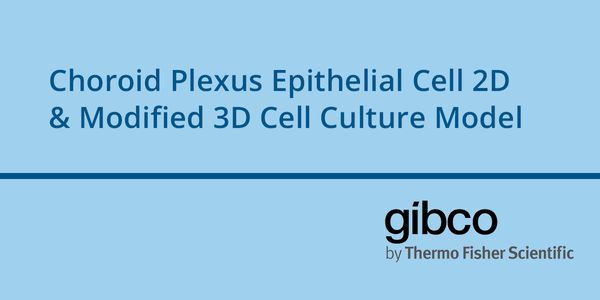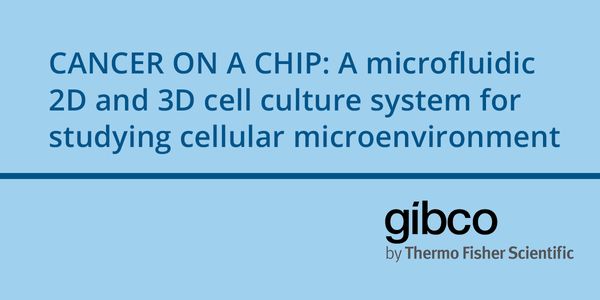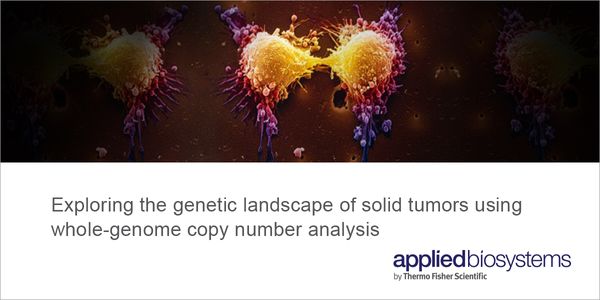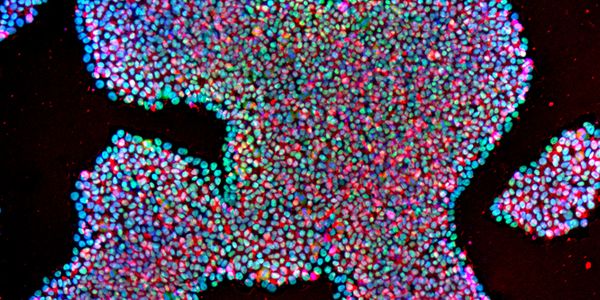Research model
Research models are used in medical research to mimic aspects of a disease or illness that occurs in humans. Research models can include animals (in vivo models), cell lines (in vitro models), or computer-driven demonstrations (in silico models). Research models allow doctors and scientists to uncover important information that can be applied to clinical practice.
-
immunocompromised populations where the virus can cause systemic and even fatal infections. Indeed, we have shown that astrovirus infections are more prevalent than norovirus in our pediatric...Speaker: Stacey Schultz-Cherry, PhDPresented at: Microbiology & Immunology Virtual Event Series 2019
SEP 05, 2019 | 7:00 AM
DATE: September 5, 2019TIME: 7:00am PT, 10:00am ET, 4:00pm CEST PCR (Polymerase Chain Reaction) has gone through a massive evolution since its development in 1983. Besides it...
Prediction of human response to chemical exposures is the primary challenge of pharmaceutical and environmental toxicology research. The complexity of human responses to xenobiotic exposures...
AUG 15, 2019 | 9:00 AM
DATE: August 15, 2019TIME: 9:00am PDT, 12:00pm EDT Radiation therapy is a critical tool for the treatment of brain tumors, however, exposure to high doses of ionizing radiation...
JUL 31, 2019 | 9:00 AM
DATE: July 31, 2019TIME: 9:00am PT, 12:00pm ET The choroid plexus, which makes up the blood-cerebrospinal fluid barrier in the central nervous system (CNS), lines the ventricle...
JUL 30, 2019 | 6:00 AM
DATE: July 30, 2019TIME: 6:00am PT, 9:00am ET The current version of the EMA Guideline for the environmental risk assessment of human drugs was published in 2006. This guidance...
JUN 27, 2019 | 9:00 AM
DATE: June 27, 2019TIME: 9:00am PDT, 12:00pm EDT At present cancer research focuses on three major areas viz. cancer diagnostics, drugs development, and next-generation therapi...
Tumor heterogeneity is a hallmark of cancer and can have significant impact on identifying drivers, including those that may be therapeutically relevant. Although, the traditional sequencing...
Implementing precision genomic medicine in the pediatric acute care setting has several challenges. First, the diagnosis must be made quickly. Second, the determination of pathogenicity mus...
JUN 19, 2019 | 11:00 AM
DATE: June 19, 2019TIME: 11:00am PDT, 2:00pm EDT Abstract:...
JUN 19, 2019 | 10:00 AM
DATE: June 19, 2019TIME: 10:00am PDT, 1:00pm EDT As we develop new methods to create more biologically relevant models for research in understanding disease etiology and in...
JUN 19, 2019 | 8:00 AM
DATE: June 19, 2019TIME: 8:00am PDT, 11:00am EDT Approximately 80% of all cancers are known to be affected by both somatic mutations and copy number changes. Furthermore, r...
Speaker:
Ravindra Kolhe, MD, PhD
, Joanna Przybyl, PhD
Sponsored By: Thermo Fisher Scientific - Applied Biosystems
JUN 18, 2019 | 4:00 PM
DATE: June 18, 2019TIME: 7:00am PDT, 10:00 EDT, 4:00pm CET PSCs represent an important tool in a wide range of applications, including basic research, disease modeling, drug...
Tissues in the body are wonderfully organized, with specific arrangements of cells, extracellular matrix, secreted molecules, and fluid flow that synergize that create emergent functions. How...
Speaker:
Rebecca Pompano, PhD
MAY 23, 2019 | 9:00 AM
DATE: May 23, 2019TIME: 9:00am PDT, 12:00pm EDT Although mesenchymal stem/stromal cells (MSCs) chondrogenic differentiation has been thoroughly investigated...
In 2014, the Undiagnosed Diseases Network (UDN), which is funded by the NIH, was established as a network of seven clinical sites, two sequencing cores, and a coordinating center. Later, a ce...
The advent of precision medicine largely depends on the creation of precise and accurate predictive tools. While most late-onset diseases are moderately to highly heritable, using genetic inf...
Speaker:
Guillaume Paré, MD, MSc, FRCPC
One of the central tenants of biology is that our genetics—our genotype—influences the physical characteristics we manifest—our phenotype. But with more than 25,000 human ge...
























